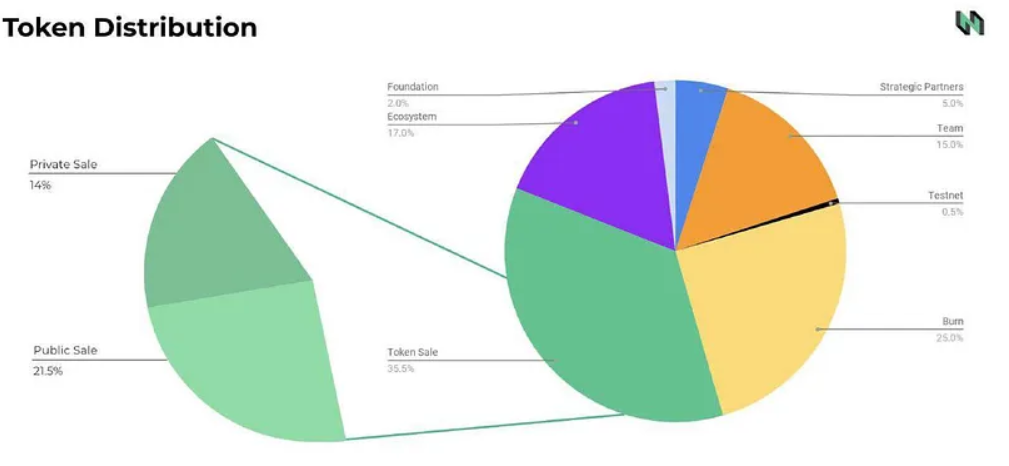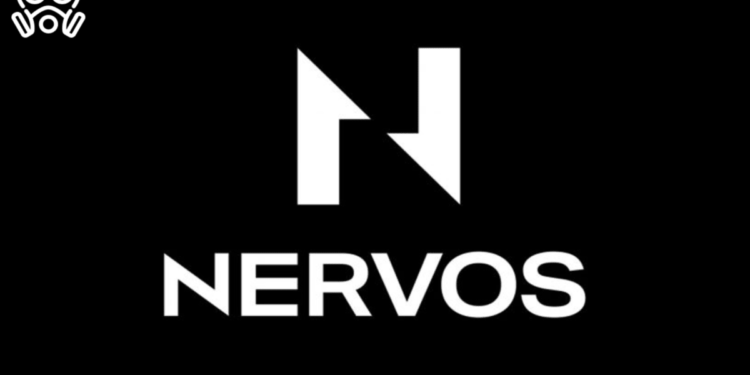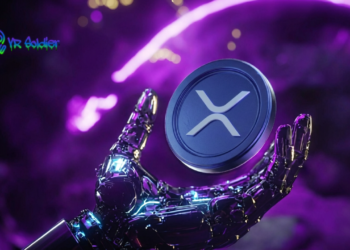Bitcoin, the gothfather of cryptocurrencies, has established itself as a revolutionary force in the financial landscape. However, its groundbreaking design inherently carries constraints, particularly in terms of programmability and scalability. These limitations have necessitated the exploration of Layer 2 (L2) solutions to complement Bitcoin’s strengths while enhancing its capabilities. Here comes the role of Nervos (CKB), which is a modular blockchain network designed from the ground up to prioritize security, decentralization, flexibility, and interoperability. The heart of this network lies in the Common Knowledge Base (CKB), a secure foundation for all operations within the Nervos ecosystem. Since its launch in 2019, CKB has continuously evolved to address the ever-changing demands of the blockchain landscape.
BTCKB Initiative: Bridging the Gap Between Bitcoin and CKB
A standout initiative within the Nervos ecosystem is the recently introduced “BTCKB” project (2024). This ambitious project aims to bridge the gap between Bitcoin and CKB by leveraging their shared principles, such as the Proof of Work (PoW) consensus mechanism and the Unspent Transaction Output (UTXO) model. By tightly coupling these two platforms, CKB unlocks powerful smart contract capabilities and facilitates the seamless transfer of Bitcoin L1 assets to the CKB blockchain.

The security of CKB is bolstered by its innovative PoW consensus mechanism, NC-MAX. Building upon Bitcoin’s Nakamoto consensus, NC-MAX has been meticulously optimized to overcome performance bottlenecks while maintaining exceptional efficiency and security. Additionally, CKB’s use of the Cell model, an extension of Bitcoin’s UTXO model, enables a groundbreaking technology called “isomorphic binding.” This technology facilitates trustless asset transfers from Bitcoin’s L1 to the CKB blockchain, extending Bitcoin’s capabilities without compromising security.
Decentralization and Future-Proof Compatibility
What truly sets CKB apart is its unwavering commitment to decentralization, security, and, most importantly, compatibility with Bitcoin. The Cell model serves as the bedrock for Turing-complete smart contracts, offering a highly scalable and flexible programming environment for developers. Furthermore, CKB’s virtual machine (CKB-VM), powered by RISC-V instruction sets, ensures compatibility with current and future cryptographic primitives, guaranteeing the network’s resilience and long-term adaptability.
CKB’s layered architecture empowers a wide range of scalability solutions, including state channels, payment channels, sidechains, and EVM-compatible rollups. This multi-layered approach not only enhances the network’s throughput and efficiency but also provides a robust framework for future innovations within the Nervos ecosystem. Moreover, CKB features native account abstraction, making the blockchain user-friendly and accessible to a broader audience, thus encouraging wider adoption and diverse use cases.
Nervos (CKB) Sustainable Tokenomics: Balancing Growth and Security
In terms of tokenomics, CKB employs a dual issuance model to ensure long-term sustainability. The primary issuance mirrors Bitcoin’s hard-capped supply and halving issuance rate, providing a predictable and secure foundation. The secondary issuance, however, is uncapped and directed towards users storing data on the CKB blockchain. This approach tackles the state explosion problem inherent in smart contract platforms while simultaneously incentivizing miners with a predictable long-term block reward.

Nervos (CKB) stands as a shining example of innovation and collaboration within the ever-evolving blockchain space. By extending Bitcoin’s capabilities and fostering interoperability, CKB has positioned itself as a key player in the ongoing evolution of decentralized finance (DeFi) and Web3.0. With its unwavering commitment to security, decentralization, and compatibility, CKB is poised to continue shaping the future of blockchain technology and driving mass adoption within the broader Bitcoin ecosystem.












